After building his first race car in five weeks in time for the 1911 Indy 500 where the car placed 11th behind cars with larger motors Harry C. Stutz renamed his Ideal Motor Company, founded in 1911, as the Stutz Motor Company and with the strap line “the car that made good in a day” in 1913.
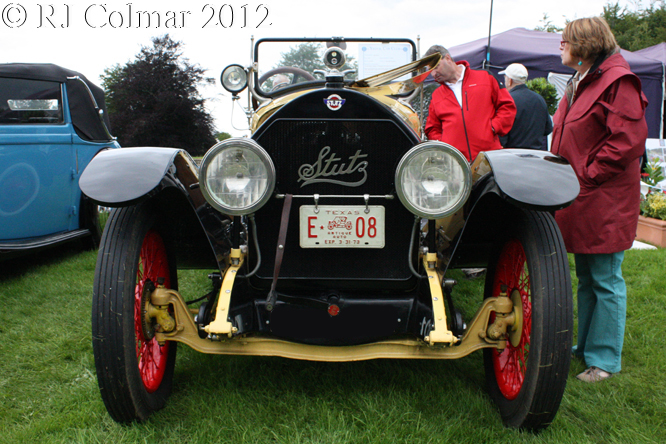
Early Stutz Bearcats, first seen in 1914, were built like the successful Stutz “White Squadron” racers with twin bloc four cylinder Wisconsin Motor Company motors, and few creature comforts except essential lights and a tiny ‘monocle’ windscreen.
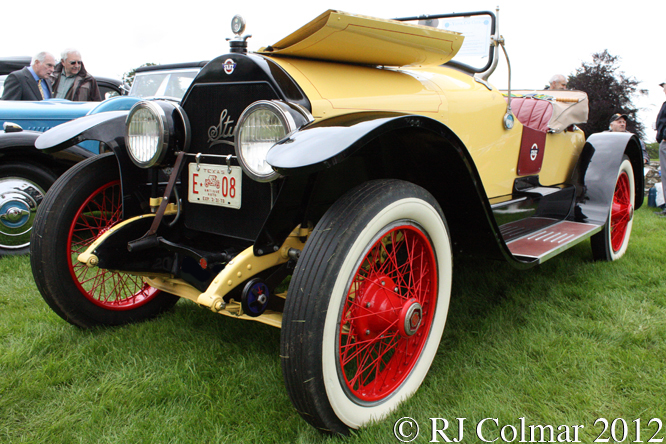
In 1915 Harry Stutz built a motor of his own monoblock 4 cylinder design based on the 115hp 1914 Mercedes Grand Prix car motor with four valves per cylinder and dual ignition.
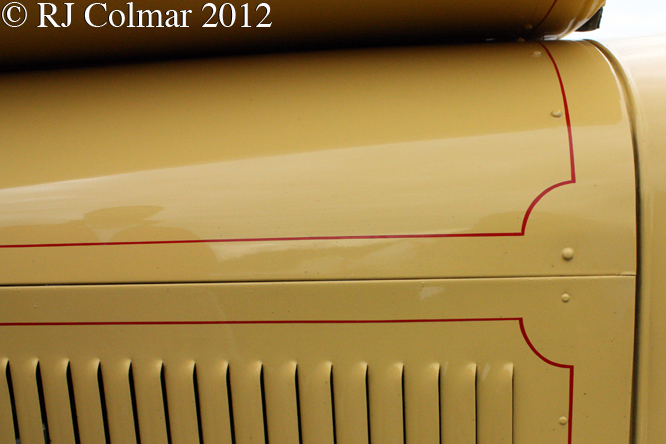
Two White Squadron Racers fitted with these motors came home 3rd and 4th in the Indy 500, despite many successes else where this result would remain the teams best performance and final appearance in the “The Greatest Spectacle in Racing”.
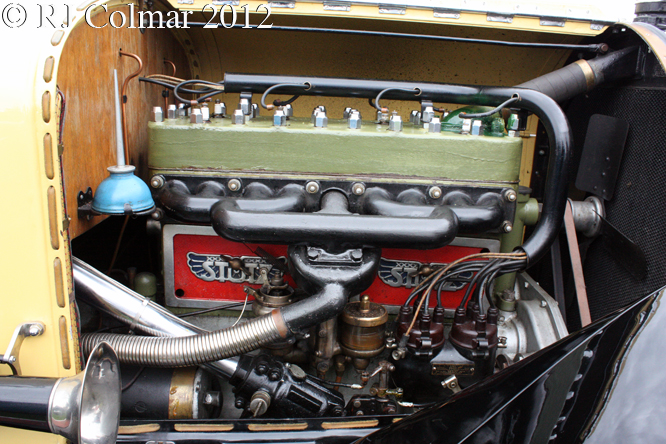
Turning all of his attention to the production of road cars Harry Stutz had a detuned version of his four cylinder motor fitted to the Series S Bearcats built in 1917.
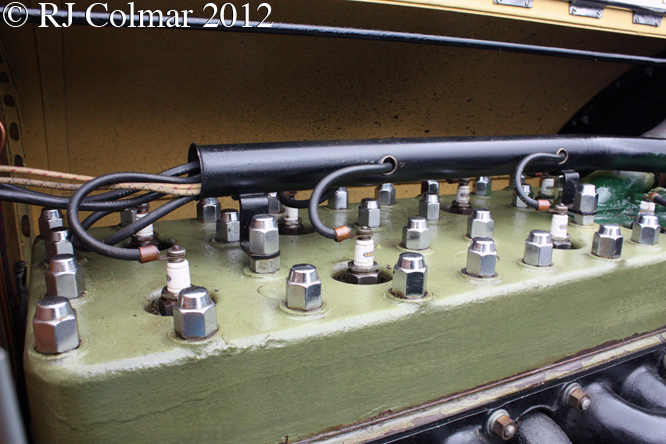
The new motor developed 80 hp and was good enough to power the Bearcat up to a respectable, for the period, 85 mph.
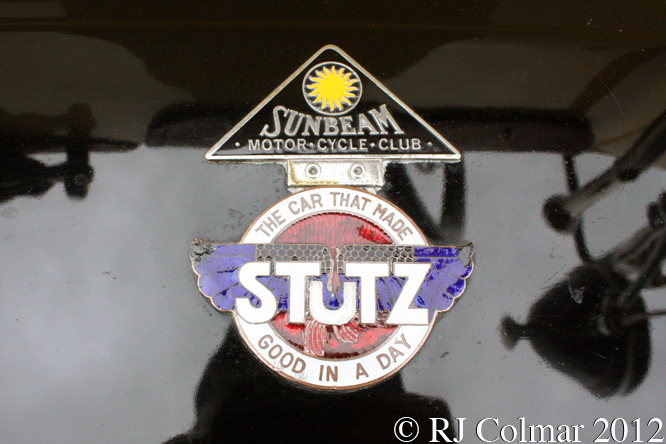
1917 Bearcats like the one seen here also introduced a few creature comforts…
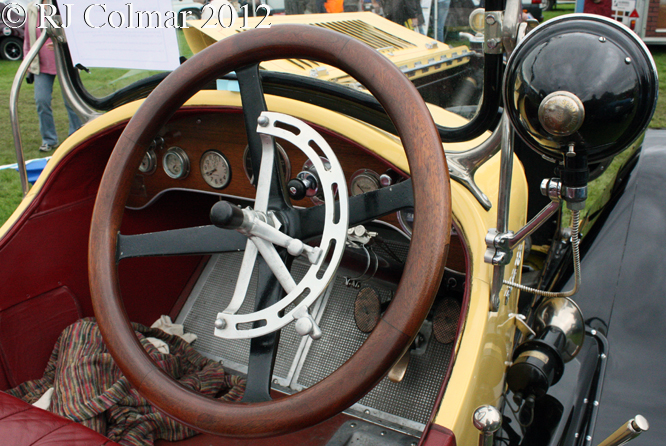
including a closed cockpit with ‘step over doors, a fold down full width windscreen and rudimentary fold away protection from inclement overhead weather.

Built on a 120 inch chassis and for the price of several Model T Fords it is thought that around 1,000 Bearcats were built from 1915 up until 1922.
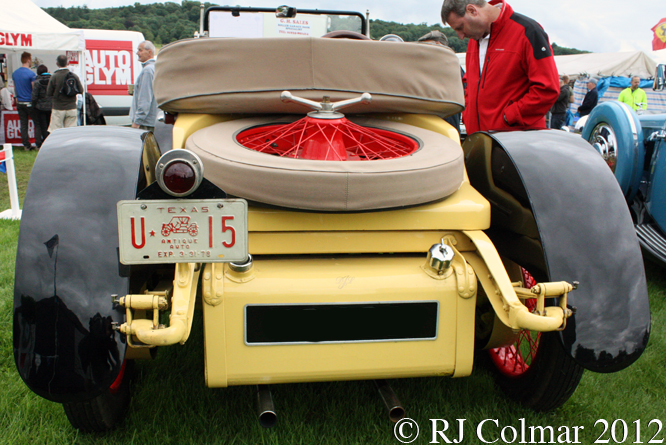
Today’s featured car was imported from California by the present owner in 1991 and was restored by him with the period correct US market right hand drive.
Thanks for joining me on this “Creature Comforts” edition of “Gettin’ a li’l psycho on tyres” I hope you will join me again tomorrow when I’ll be reviewing Ferrari’s 2013 Formula One season. Don’t forget to come back now !

